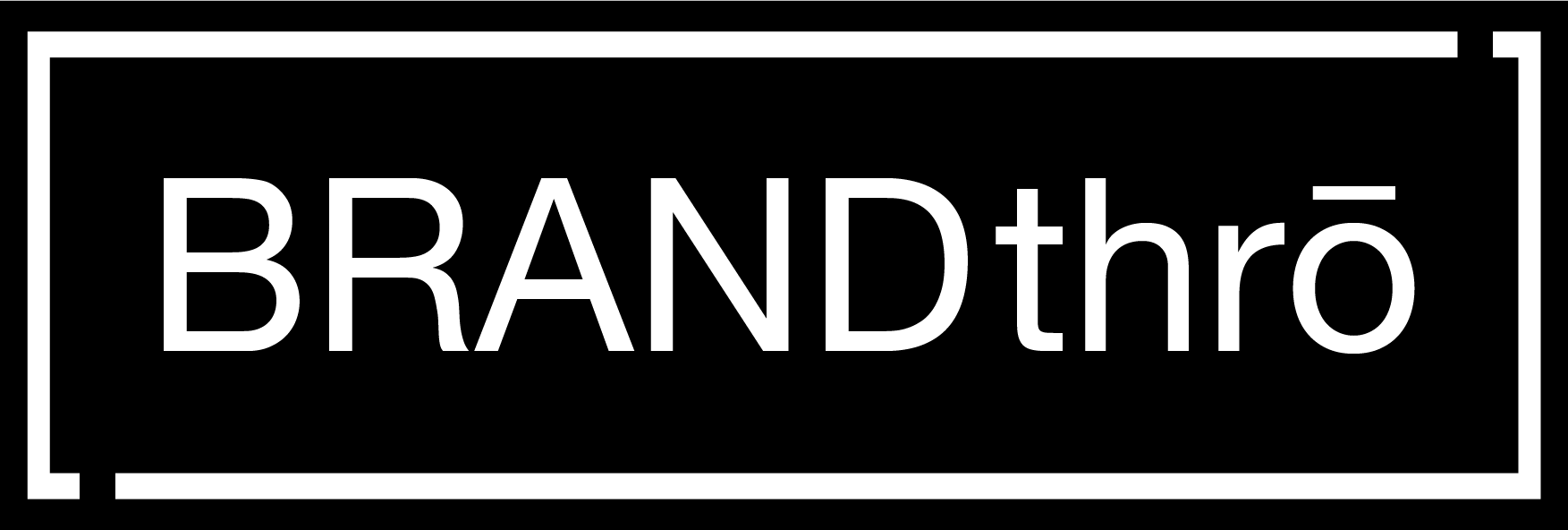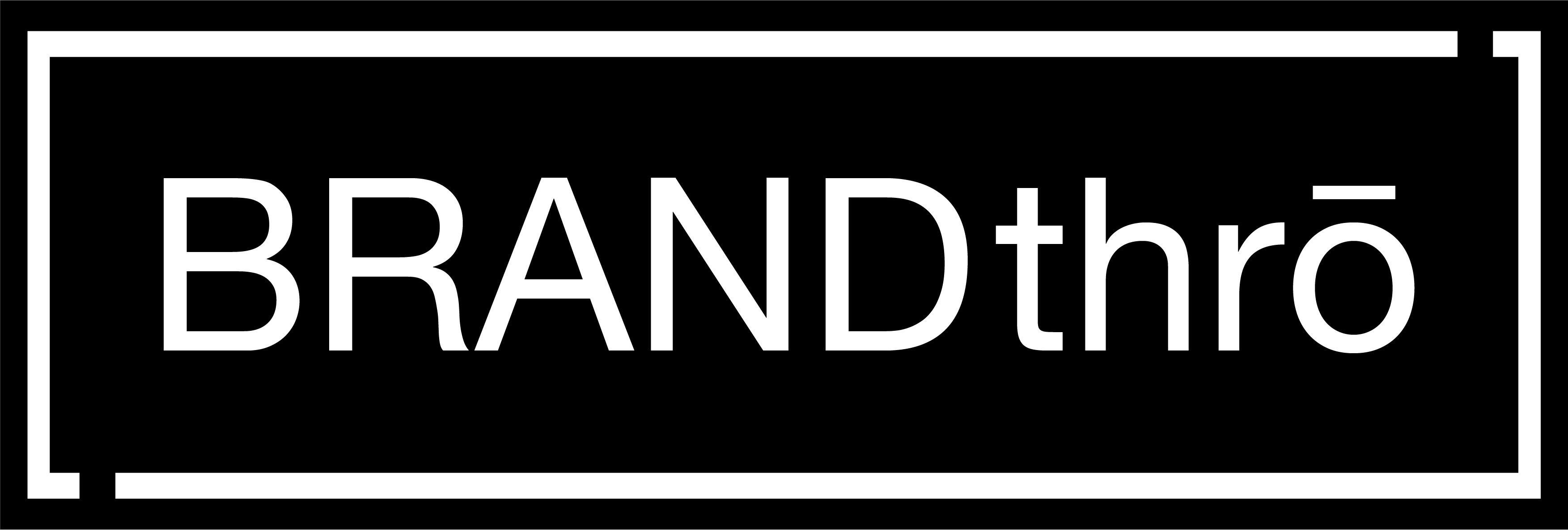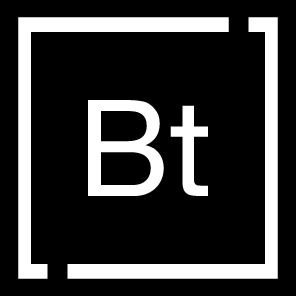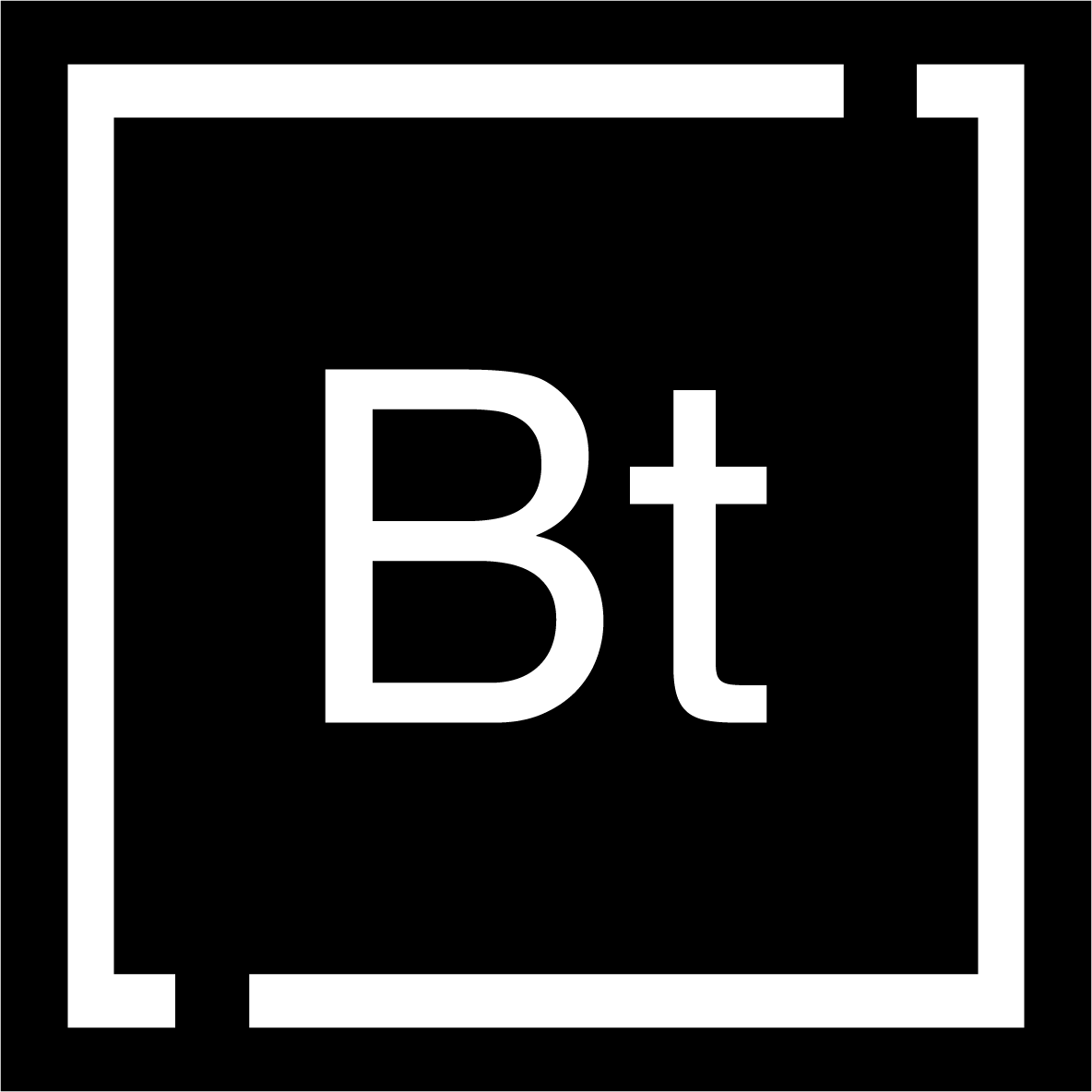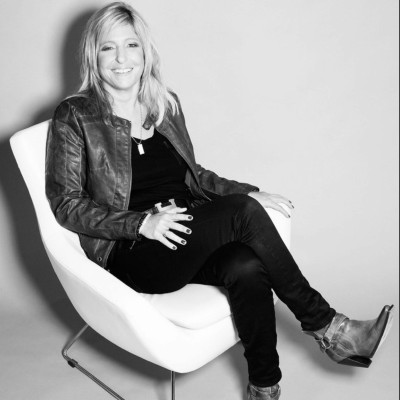Our Conversation with Post Consumer Brand’s Claudine Patel
One thing has become clear amidst the pandemic and that is that digital adoption rates have skyrocketed and DTC has become the new norm. The need for brands to continually innovate to bring consumers value in different ways, each and every day, only continues to escalate. In order to be successful, consistent online and offline experiences are required and brands are quickly building out new strategies to reimagine what the future of CX will look like.
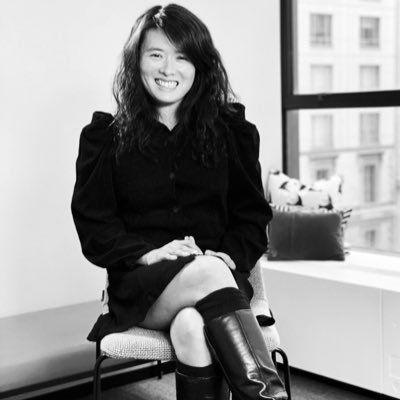
Claudine Patel sat down with BRANDthrō co-founder Billee Howard for her ‘A Conversation With’ column, originally published on Forbes.com.
To do this, brands need to bring disruptive thought processes to freshen internal culture, while also using the best of art and science to push toward groundbreaking experience innovations. This process requires out-of-the-box thinking applied to everything from rigor around skillsets, to unique partnerships that leverage breakthrough technology.
Because of all this, I thought it would be helpful to speak to someone who has demonstrated a passion for revolutionary innovation and meaningful disruption throughout her entire career, as well as most recently in her new role as CMO of Post Consumer Brands. Claudine Patel is a rockstar marketer who has created breakthrough moments for some of the world’s leading brands including: Coca Cola, Reckitt, Kellogg’s and Kraft Foods (now Mondolēz). Following is a recap of our conversation:
Billee Howard: Great to be chatting, Claudine. Tell me about your new role and what your vision is for bringing some major disruption to a 150 year old brand. You and I discussed the importance of mindset in the process. Can you talk to me about that specifically as well?
Claudine Patel: Happy to be talking, Billee. I’m the new Chief Marketing Officer at Post Consumer Brands. I’m three months in and thrilled with the new role. I’m getting to work with a lot of great talent, a lot of people that have been at Post for a long time and are actually teaching me the history of the brands. I think that’s super exciting.
What I’m really passionate about is helping the team to drive hard on our growth agenda in the years ahead. We want to push our heritage brands, many of them are really iconic in the industry, to new spaces and places that we want to be. I’m really thinking through strategy and focusing on modernizing the way we go to market from a branding perspective, and then even all the way down to how we execute. I think the thing about disruption, it really stems from culture, because more than anything, it’s really the people behind the scenes making a lot of what counts happen. I’m thinking through how we drive culture as a way to catalyze disruption. I’m all for building a spirit of growth mindset. I like taking learnings, not only from our organization, but being inspired outside within the category and outside of the category. For example, there are a lot of ways the tech and retail industries are disrupting the landscape that we’re learning from. I think diversity of thought is something we really need to embrace, and that’s a topic I’m very passionate about.
I’m trying to expose myself and the team to new ways of thinking through how other industry leaders, and how other insurgent brands, look at disrupting the landscape and taking some of their cultural inspiration.
Howard: That’s really exciting. I know that one of the major reasons that they brought you in was not only your extensive background in CPG, but because you’re known for being bold enough to try new and innovative things. Talk to me about how you’re thinking about up leveling capabilities and bringing more rigor to the marketing organization to push the envelope on marketing innovation?
Patel: Throughout my career, I have always been passionate about finding new ways to be groundbreaking in the way we drive innovation, when it comes to marketing and branding. I always go back to the diversity of thinking. The teams I’ve worked with and led in the past have all helped and shaped how I think. That’s why I go back to why it’s so important to always keep an open mind in terms of learning and being inspired by others. If I go back all the way, more than 20 years ago to my experience at Coke, that’s where I really learned about the art and science of marketing.
Marketing is sometimes approached as an art form, where it’s all about creativity. How are we being inspired by what goes on in the marketplace culturally? However, I think it’s got to be bigger than that. It’s really how marketing and innovation must act in service of the business. That’s how I always like to approach it. The science piece is equally as important. What are the right KPIs that will drive the business, where can marketing can be a part of influence? I think really focusing on the what are the biggest levers we need to pull and then sharpening how we measure success so we can keep iterating and learning. I believe you can only be better if you have numbers attached to the implications of the way you go to market.
I also think art and science in the past was really focused on a lot of data that was more historical. You were looking at KPIs that measured the success of how your creative campaigns came to life, how you executed in market, in retail and things like that. It was anything you could get from traditional ways of looking at KPIs, like Nielsen. If you look at today, I think the science piece has gotten much more dynamic, which 20 years ago it definitely wasn’t. Real time learning, first party data, thinking about consumer experiences through the lens of what can you get from your CRM. I think that’s what’s probably changed the most.
Howard: Very interesting. With that in mind, we talked about the future of in store and also discussed more broadly what the new continuum of CX looks like, the need for a consistent online to offline strategy. What do people need to be thinking about related to this going into 2022?
Patel: The online to offline world has evolved so much. I think Walmart is a great example just in how they’ve been inspired by DTC businesses. They also use tech a lot to inspire their in-store experience. At the end of the day, when it comes to the offline world, there’s a lot of learning from the online space around two things.
One is how do you simplify the shopping experience? How do you use the data you have from the digital shelves and the digital shopping experience to drive a lot more simplicity to in-store? I think that’s one way of thinking through how you help shoppers navigate offline as they walk into the store and figure out what they want to buy and what they want to choose. The other thing is, how do you get inspired once again by the tech world and the DTC world and really elevate the brand experience in store? I think those two things can teach you what is really important. You also need to make sure that the brand experience in the offline world is extremely consistent with how it’s showing up in both spaces. I think more and more retailers, will see that, just as Walmart has. The other retailer that I actually recently have been really fascinated by is Camp, the kid experience store. I think they’ve done a really nice job bringing the kid experience to life in-store and how they’re showing up online. At Post, we’re hoping to partner with our retailers to build consistent brand experiences across both areas and elevate customer experiences both offline and online.
Howard: Can you share any best practices or thoughts around innovative partner strategies?
Patel: I actually have been pretty impressed with some new partnerships out there that push traditional boundaries, one of which is the Casper and West Elm tie up. I think it’s a great partnership because Casper wanted to reach the offline consumers and really drive scale. What I love about their partnership that is very powerful is how they brought the offline experience to the real world where you can touch, feel, lie on their mattresses and really experience before you buy. I think it was also really smart for West Elm because it helps them with elevating the in-store experience today. Casper is a wonderful brand if you want to attract the millennial cohort to your business, so it also helps them in the long term. I think part of their roadmap is to expand into boutique hotels and expand their branding. Blending experiences and bringing them to life, in both the online and offline worlds via unique, mutually beneficial partnerships. I think that’s pretty amazing and something we are going to see a lot more of.
